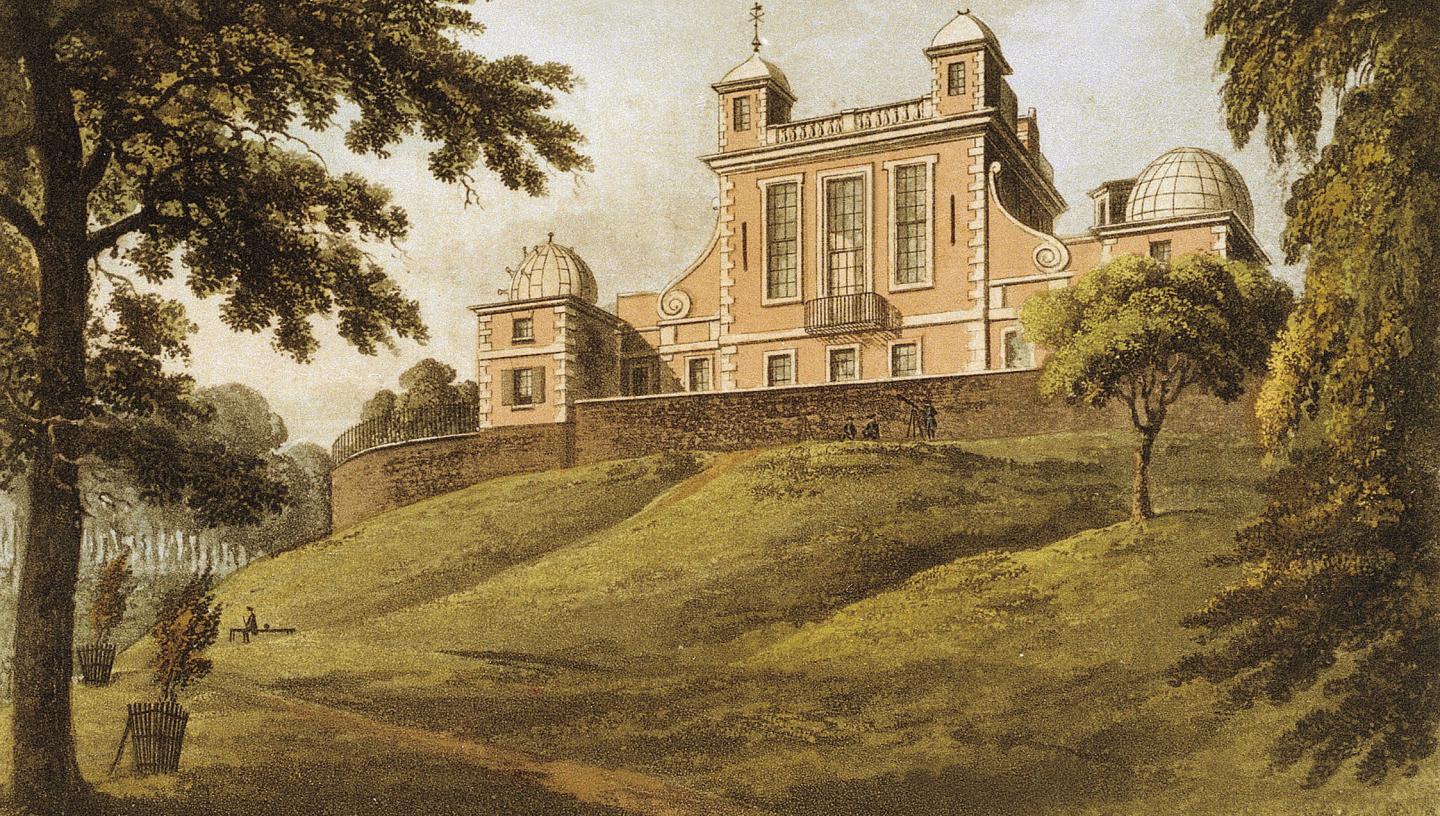
Robert Hooke: the man who knew everything
Neither the smallest nor the largest objects in the known Universe escaped the brilliant Hooke’s attention.
By the mid-17th century, much of what underpinned Western thought was being questioned and replaced by a new way of thinking based on experimentation and observation.
Robert Hooke emerged as one of the leaders of this new age. Born in 1635 in Freshwater, Isle of Wight, he was educated at home until the age of 13 and then at Westminster School. In 1653, he went on to Oxford University. His interests spanned a wide range of topics. Best known as an astronomer and instrument maker, he was also a skilled physician, surveyor, architect, anatomist and artist.
Hooke died in March 1703. No portraits of him survive. Like his image, his reputation is somewhat forgotten; yet his diverse skills and originality of thought made him an equal to the most eminent scholars of his day.
Building the Royal Observatory
In 1675 it was proposed that an observatory be built at Greenwich with the purpose of providing accurate astronomical information for navigators. Although Sir Christopher Wren is often credited as the architect and designer of the Royal Observatory, contemporary accounts suggest that it was Robert Hooke who played the major role in its design and construction.
Hooke versus Flamsteed, the first Astronomer Royal
Robert Hooke and John Flamsteed had a volatile relationship. Their longstanding mutual dislike and mistrust of each other was heightened when they were forced into co-operation in 1676. The largely unknown Flamsteed had been placed in charge of the new Royal Observatory at Greenwich.
As a skilled astronomer and instrument maker with a great interest in mechanical precision, this was a position for which Hooke felt better qualified. Hooke was given the task of furnishing the Observatory with instruments. Predictably Flamsteed was less than impressed with Hooke’s instruments.
Longitude and the balance spring
The development of the pendulum-controlled clock in the late 1650s revolutionised mechanical timekeeping. The pendulum is an ideal timekeeping device because its swing is kept constant by a natural restoring force – gravity. Hooke was certain that a balance spring would act as an artificial restoring force in portable timekeepers and improve their accuracy. This, he felt, would enable him to solve a problem which he had thought about for many years: how to determine longitude at sea.
Robert Hooke’s diary, 1672–1683
Robert Hooke kept a personal diary from March 1672 to May 1683. As few records about his hectic professional and private life survive, the diary provides valuable and unique insight into his life and character. He documents his ideas and conversations with colleagues alongside details of his meals, ailments and sex life.
Micrographia
Micrographia received great critical acclaim when it was originally printed in 1665. Hooke’s detailed drawings revealed a microscopic world of organisms and fantastic structures as they had never been seen before.